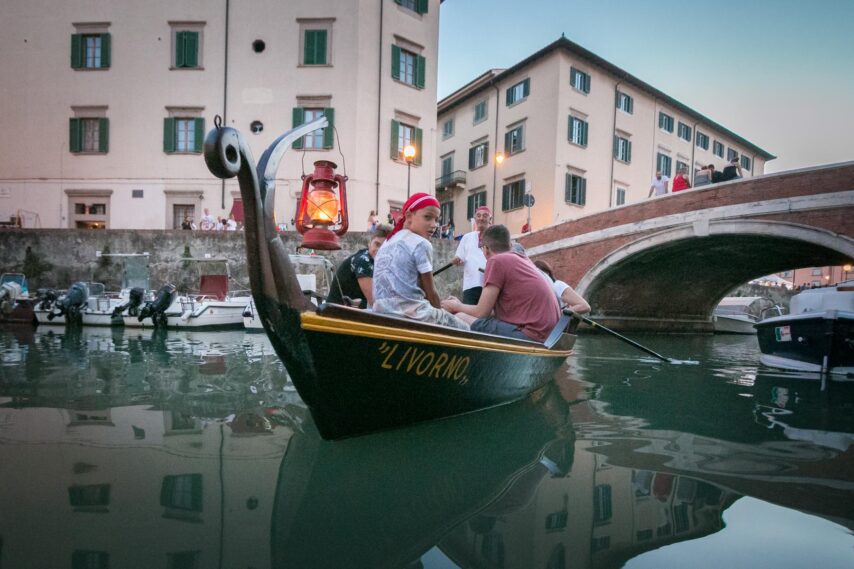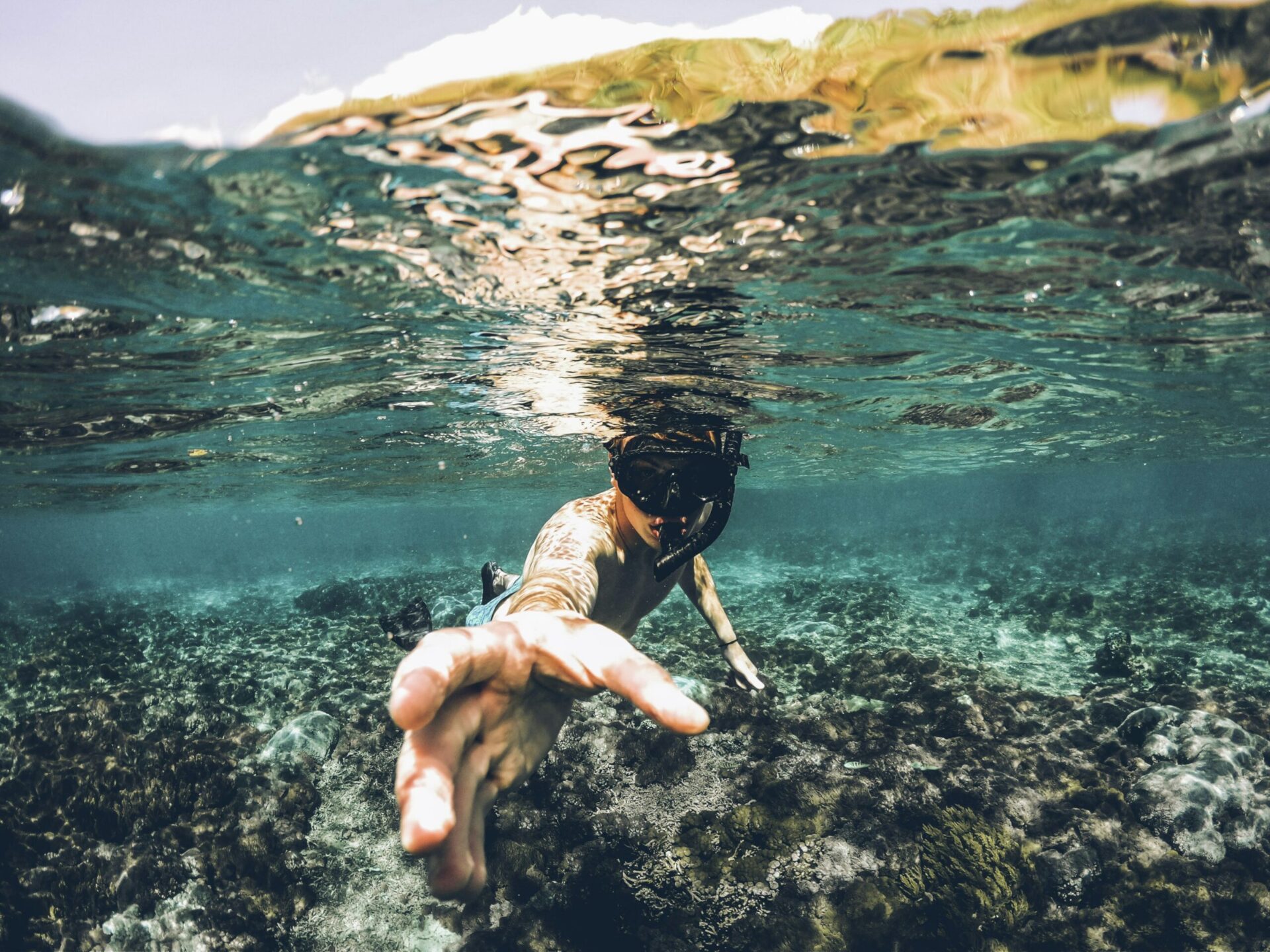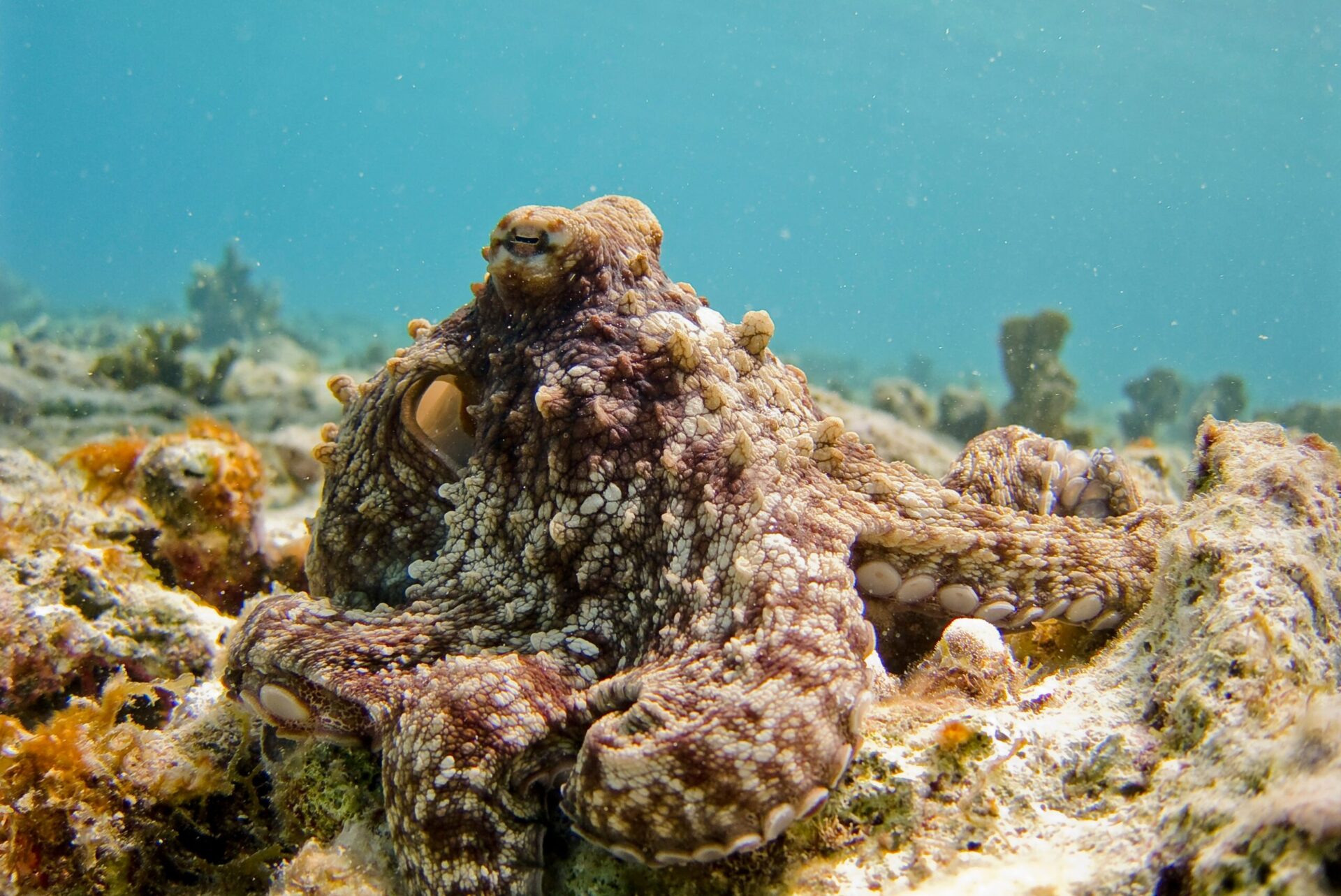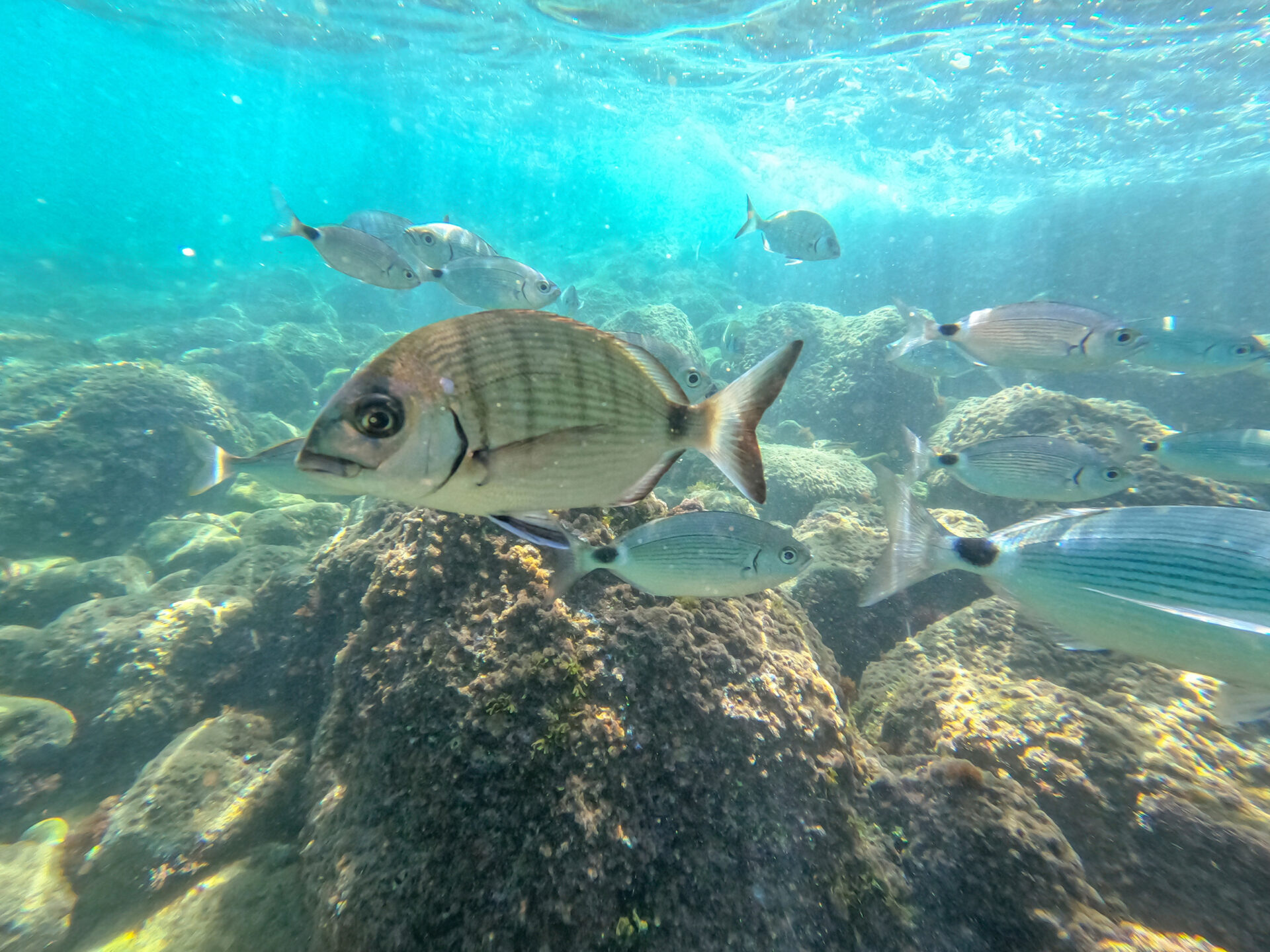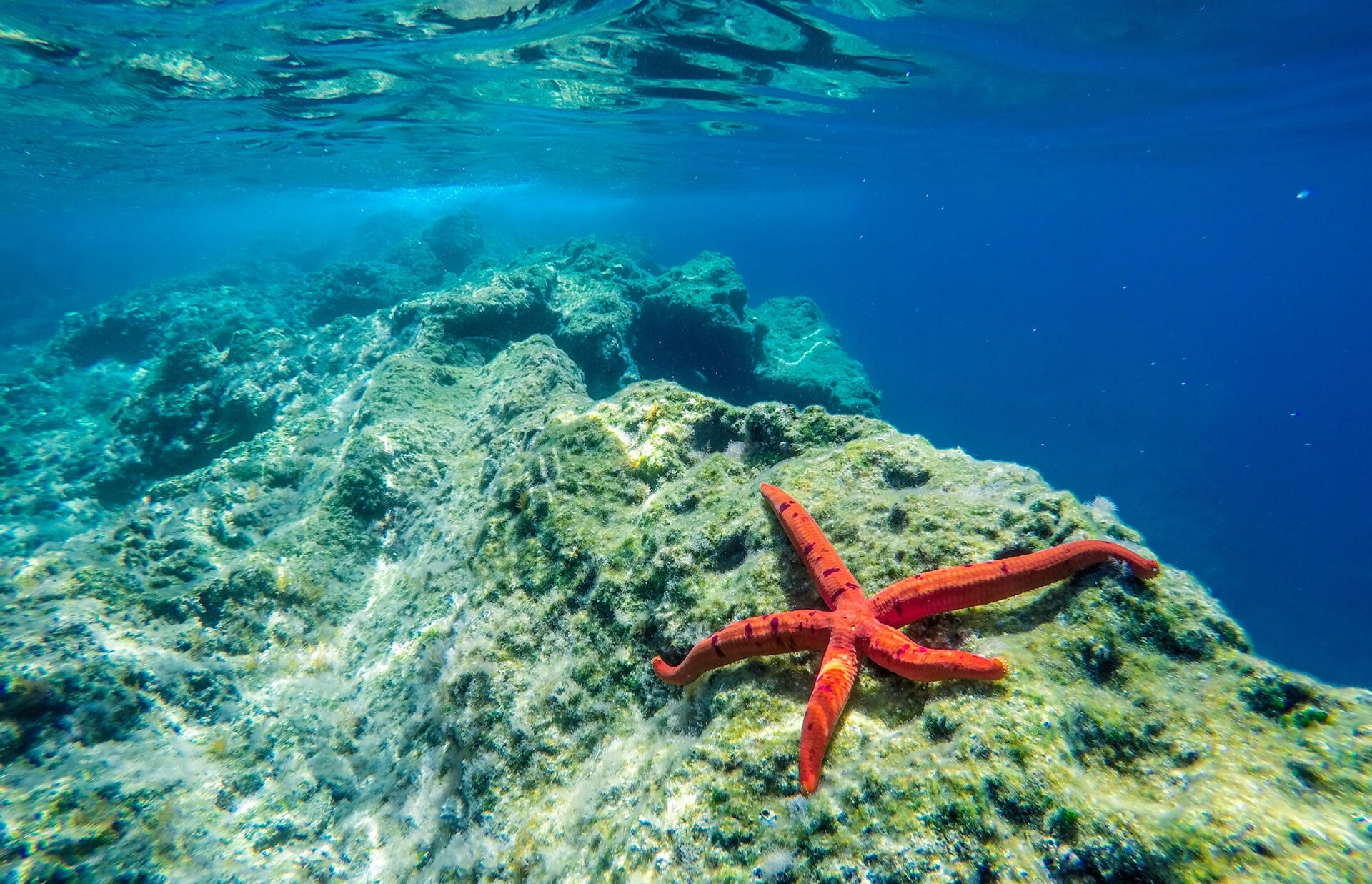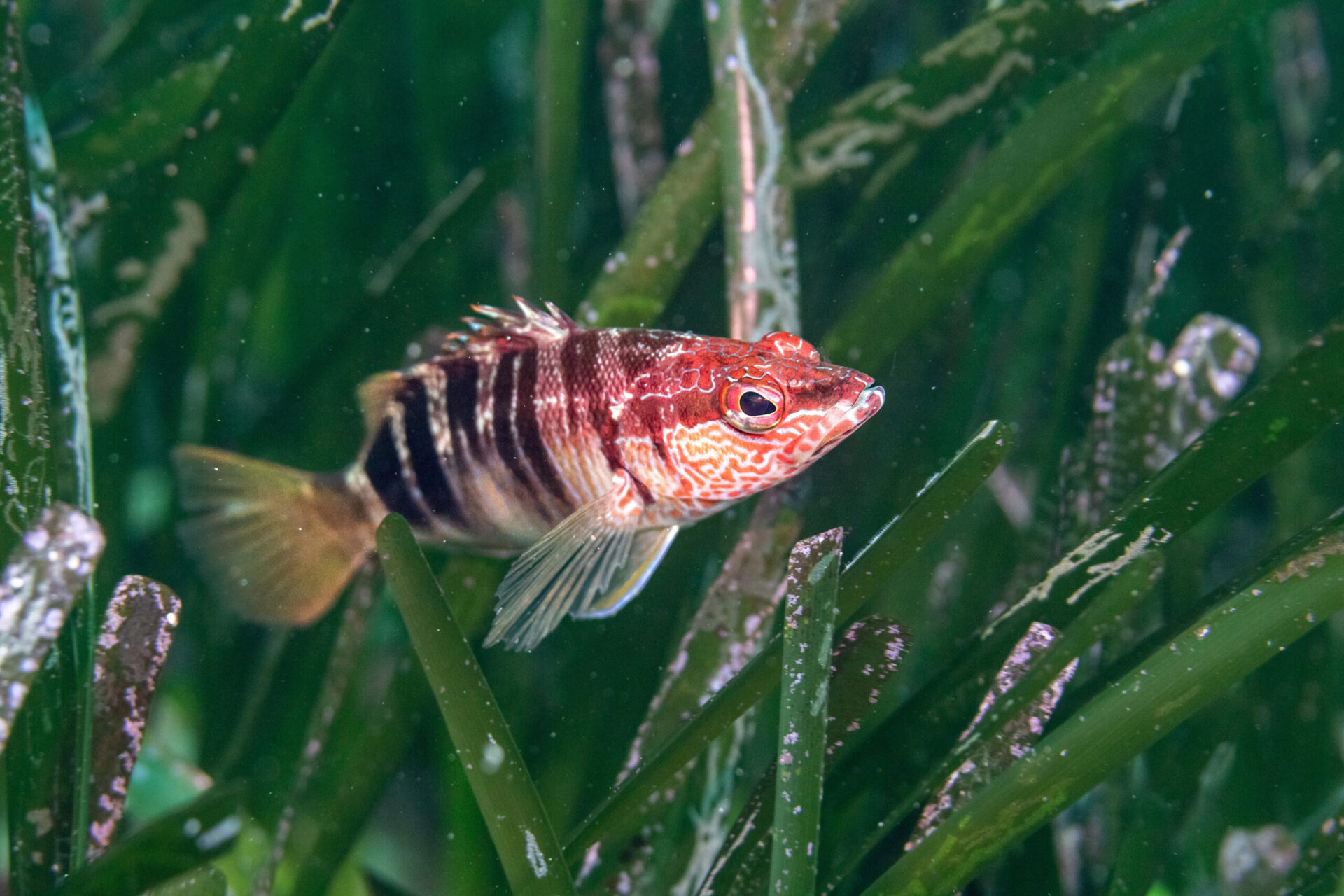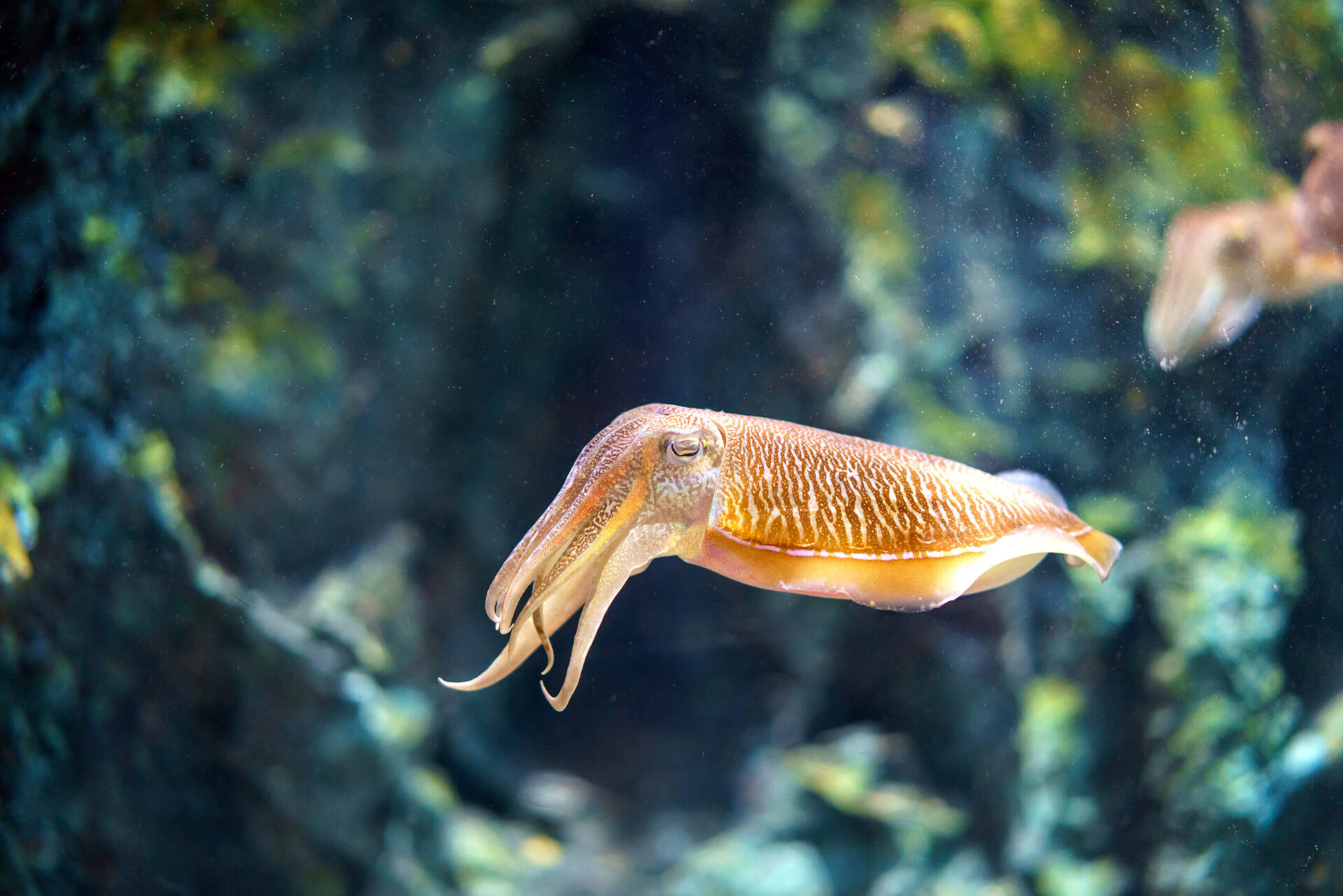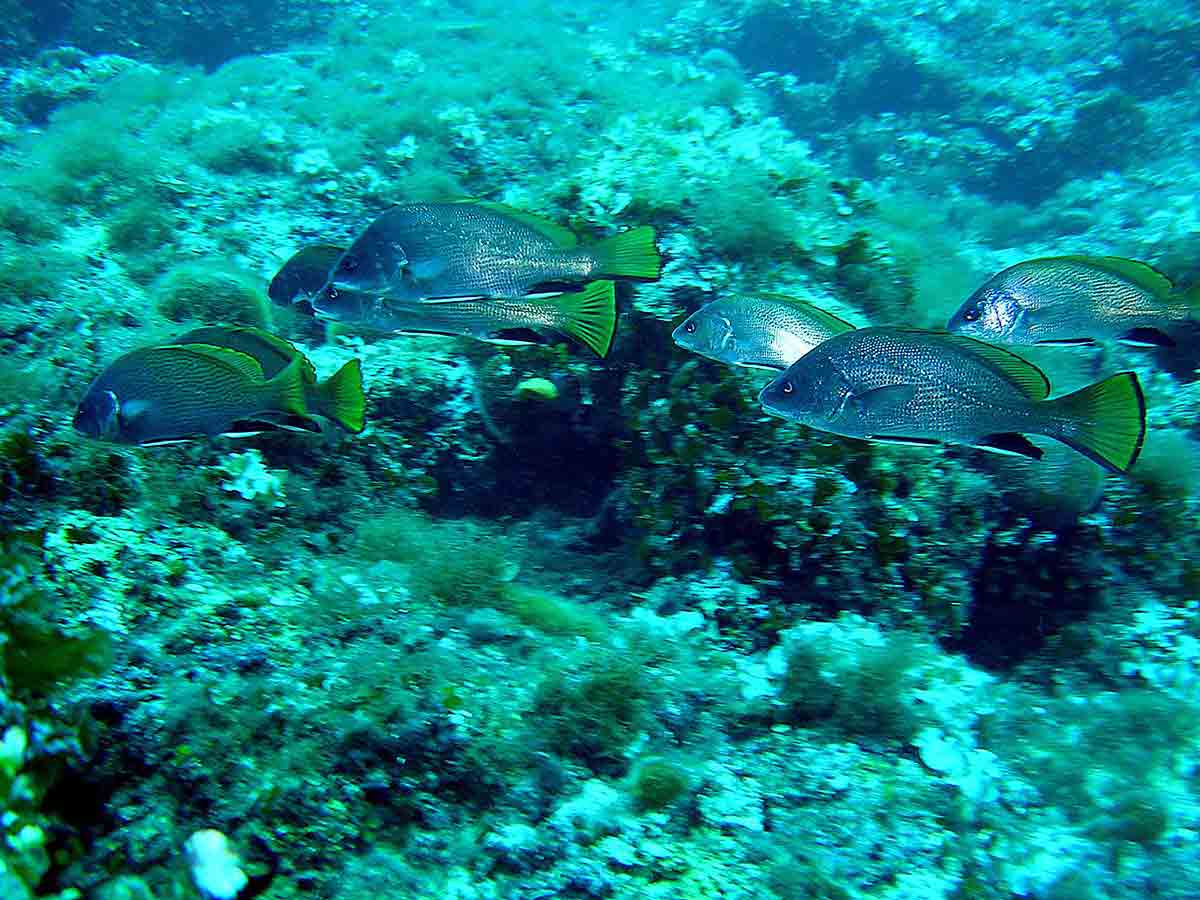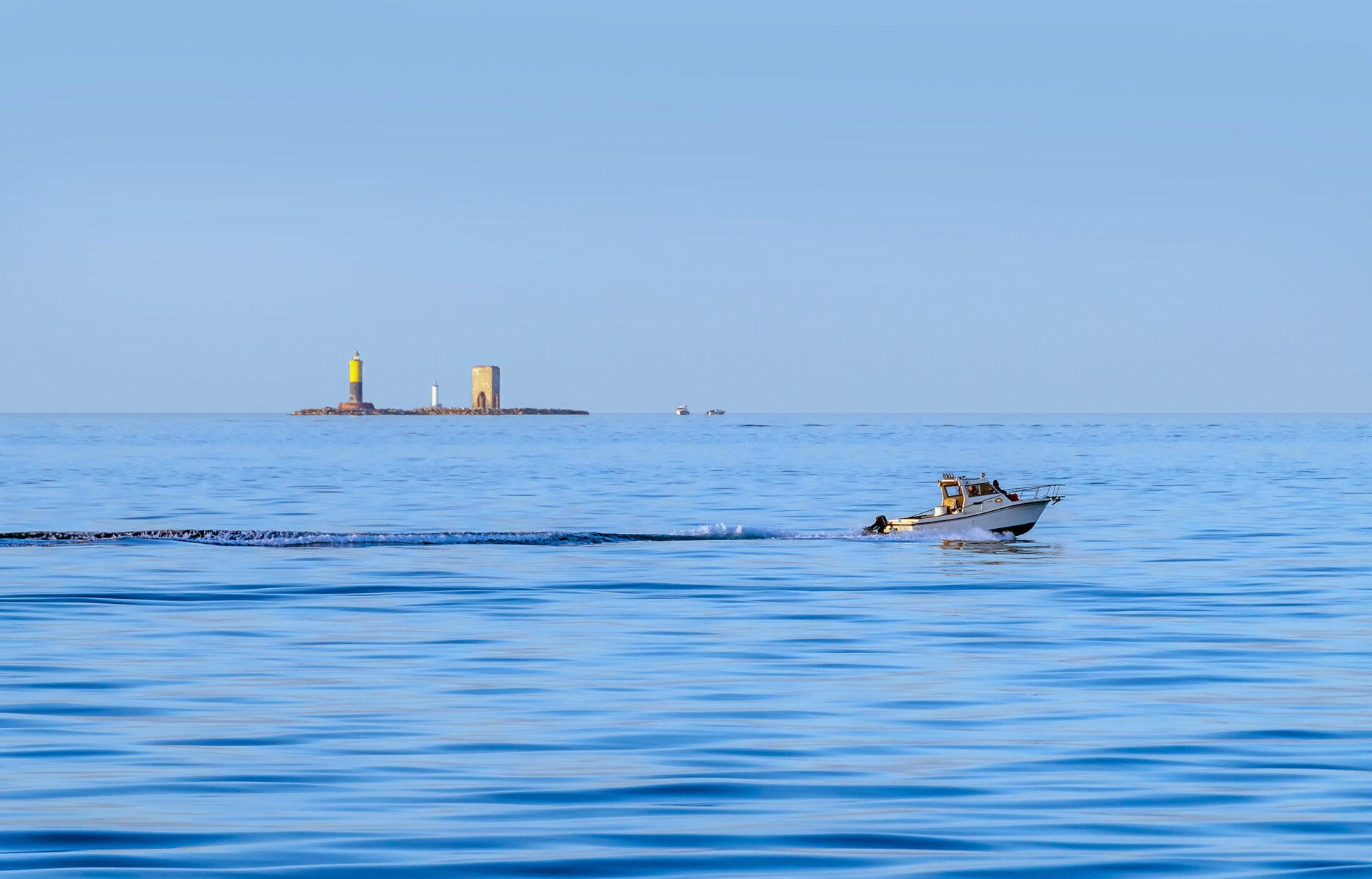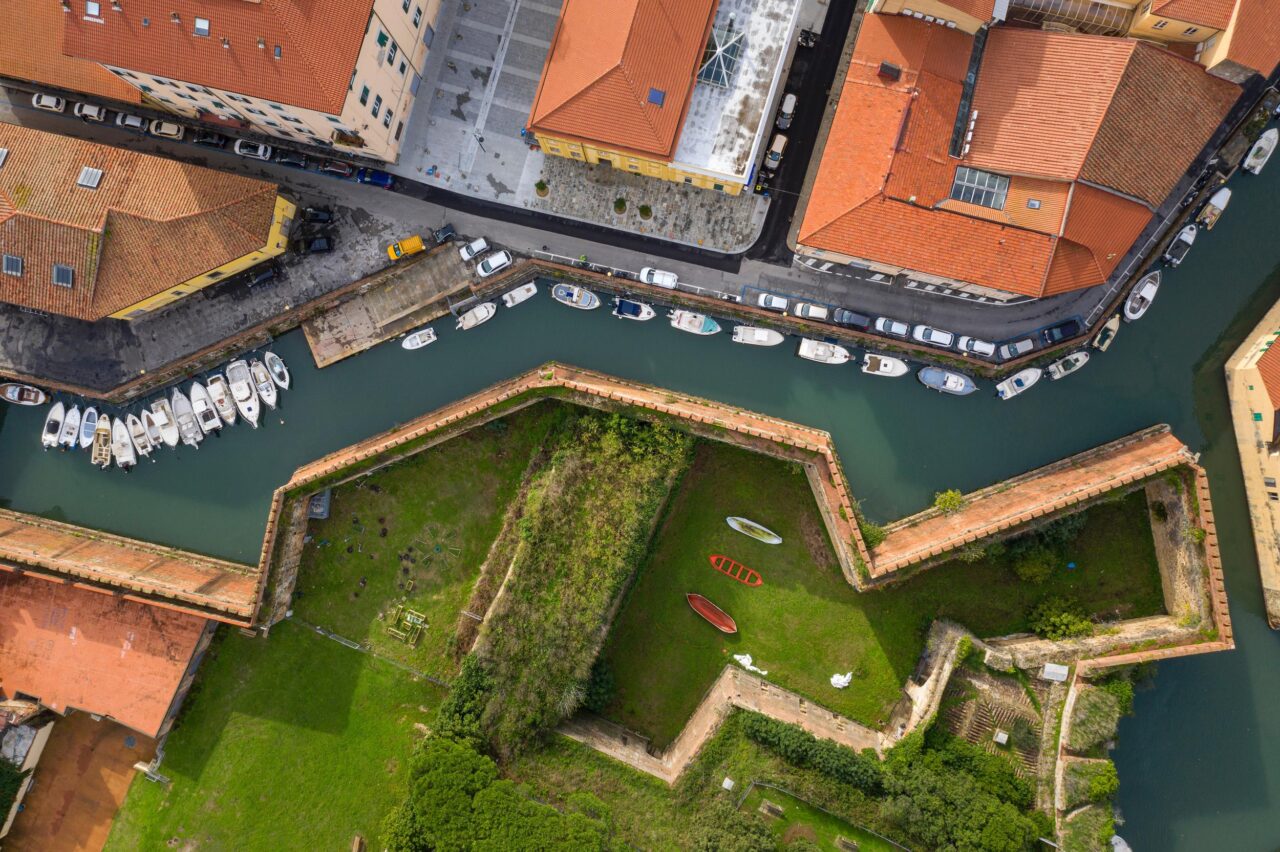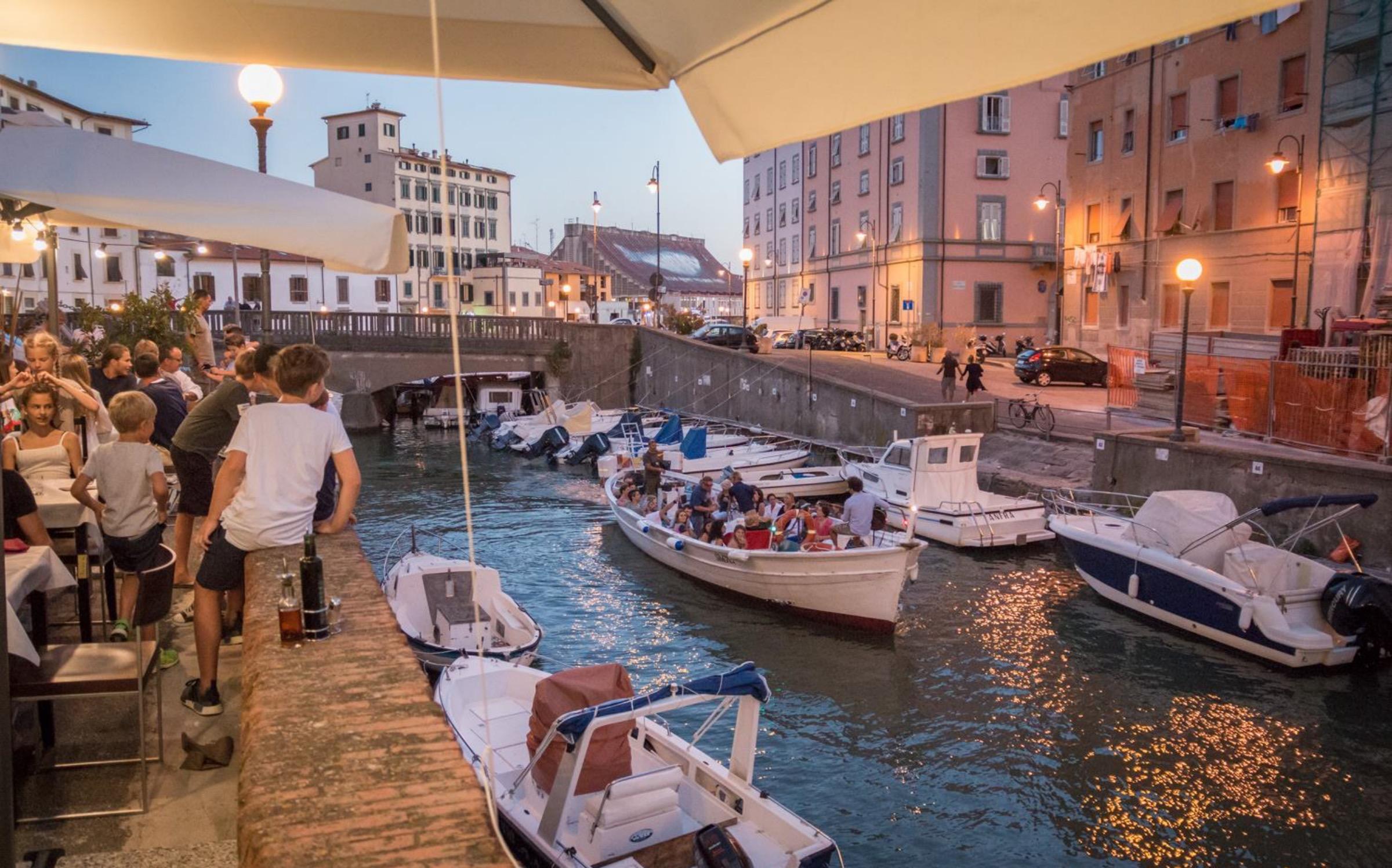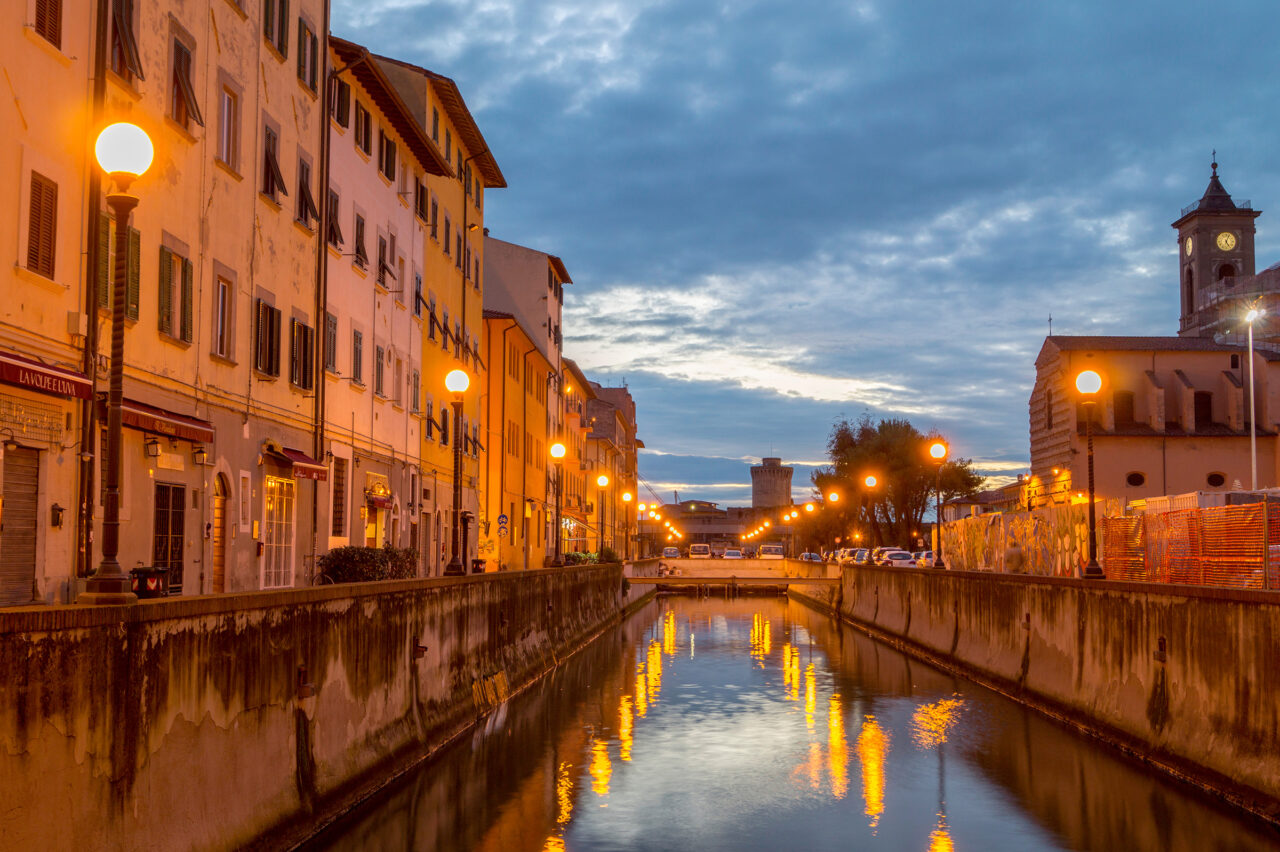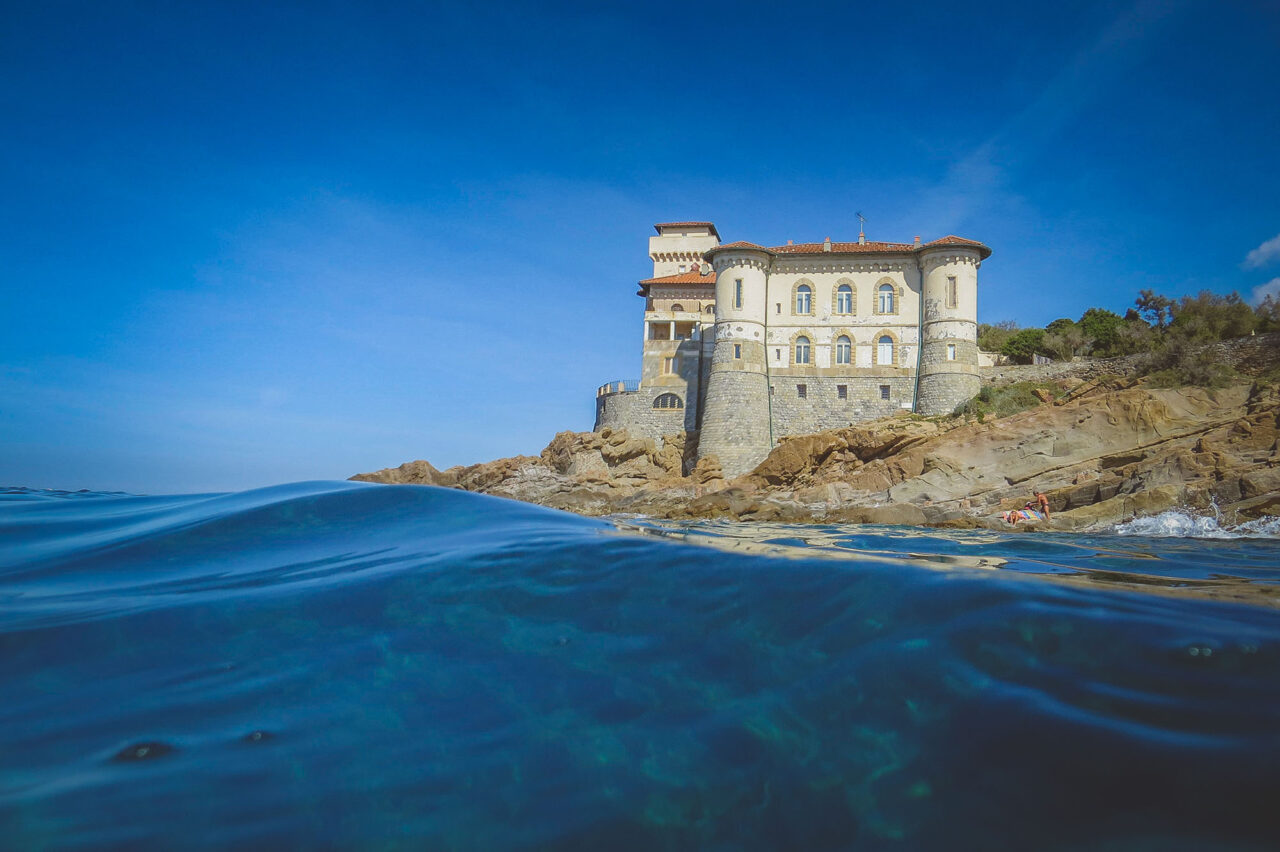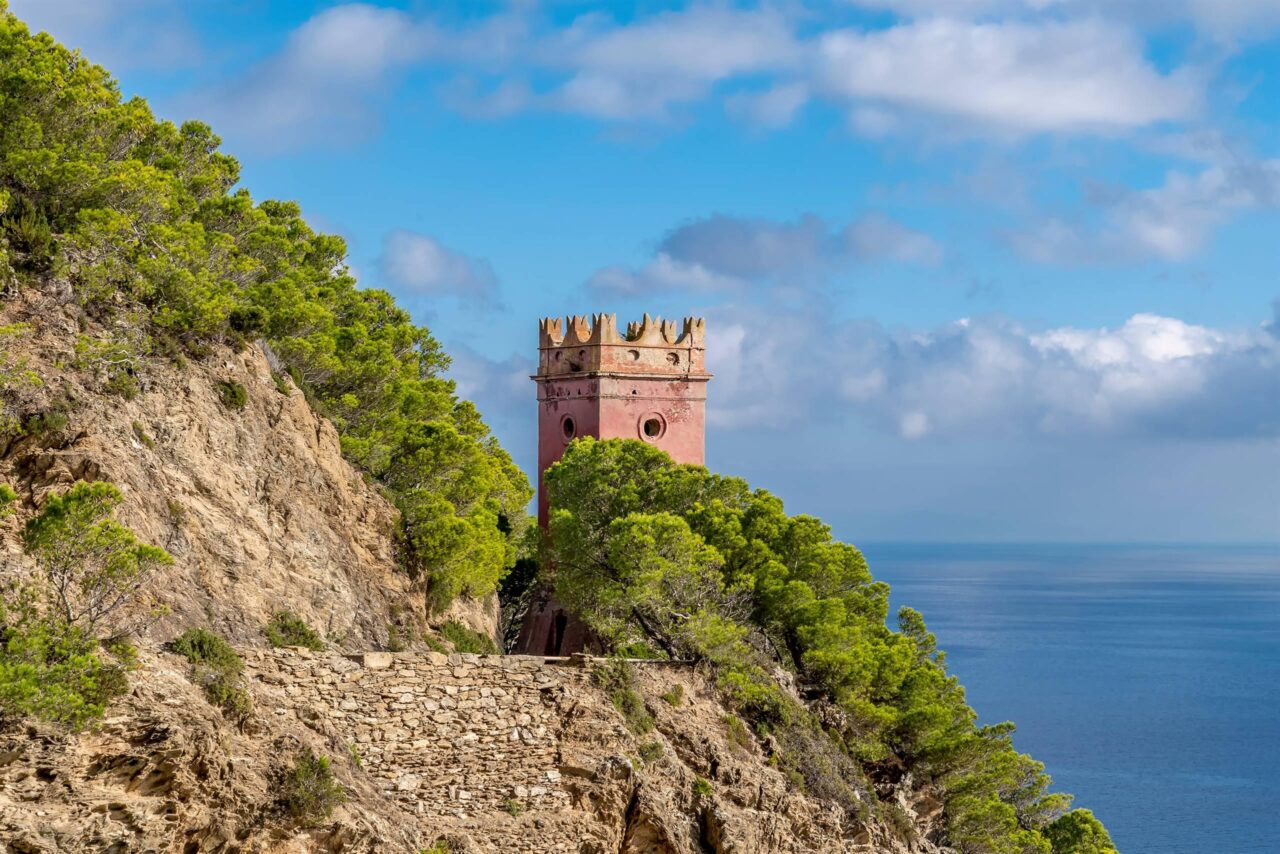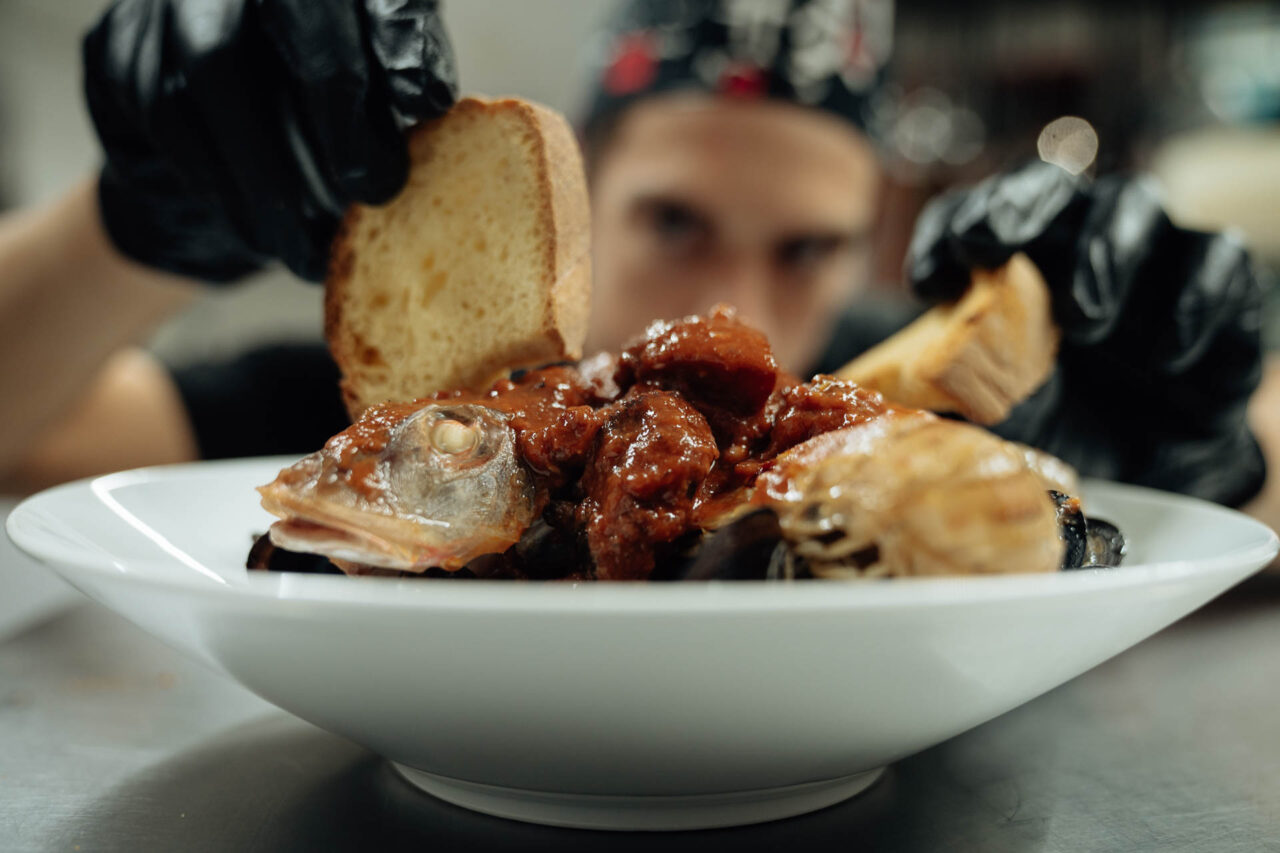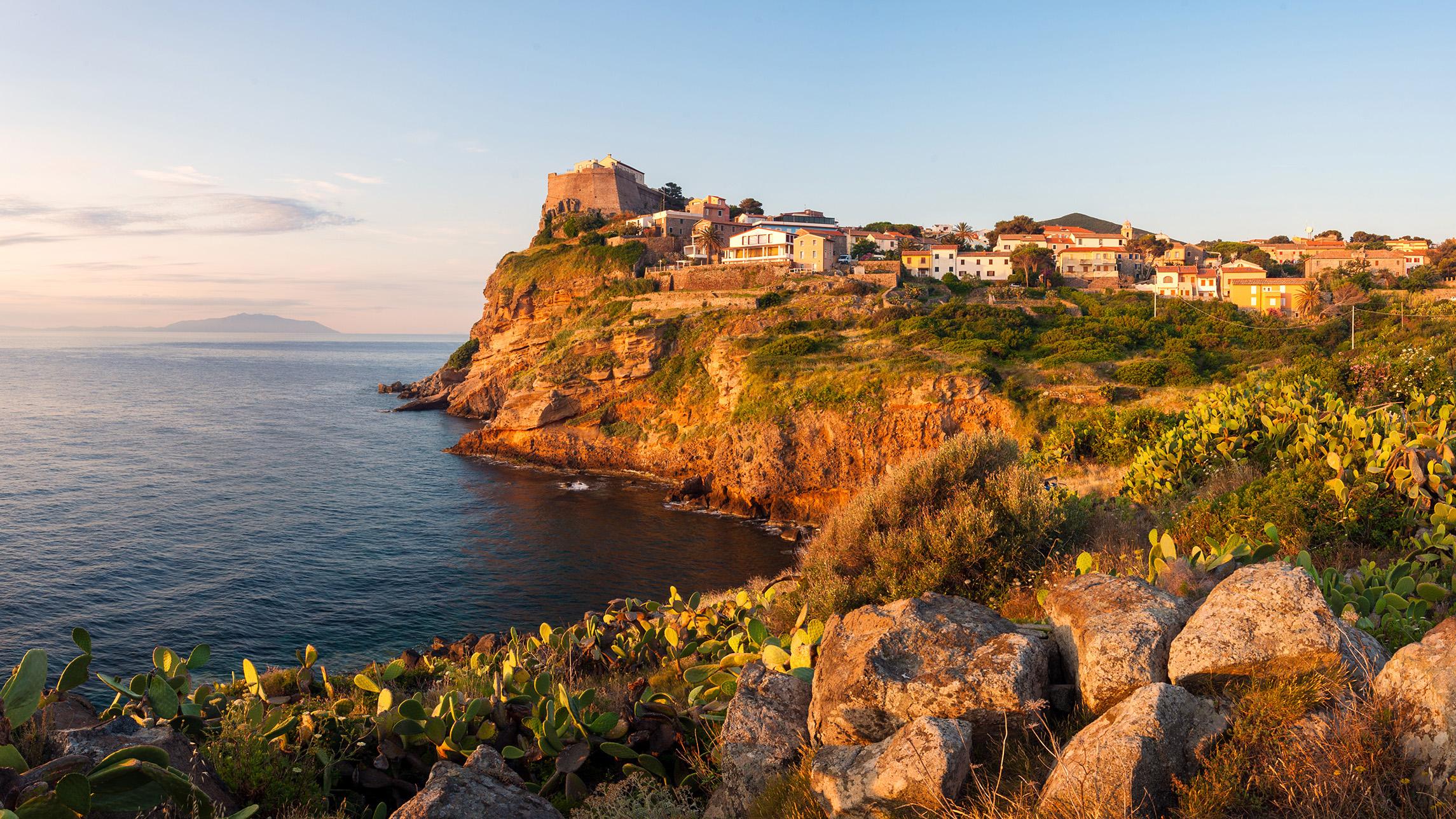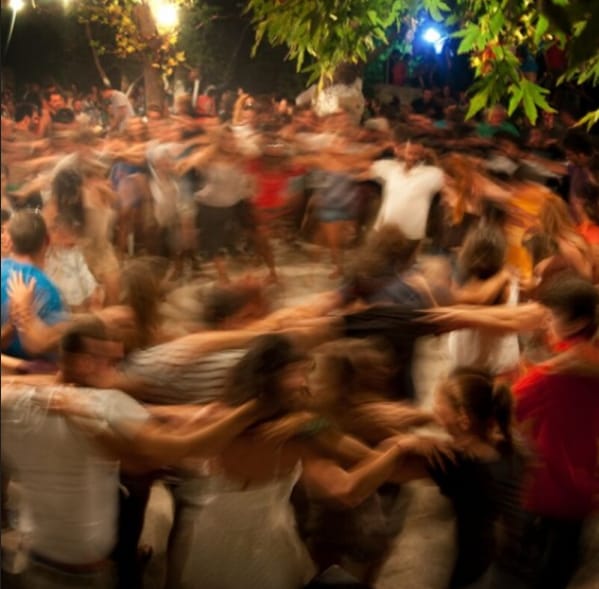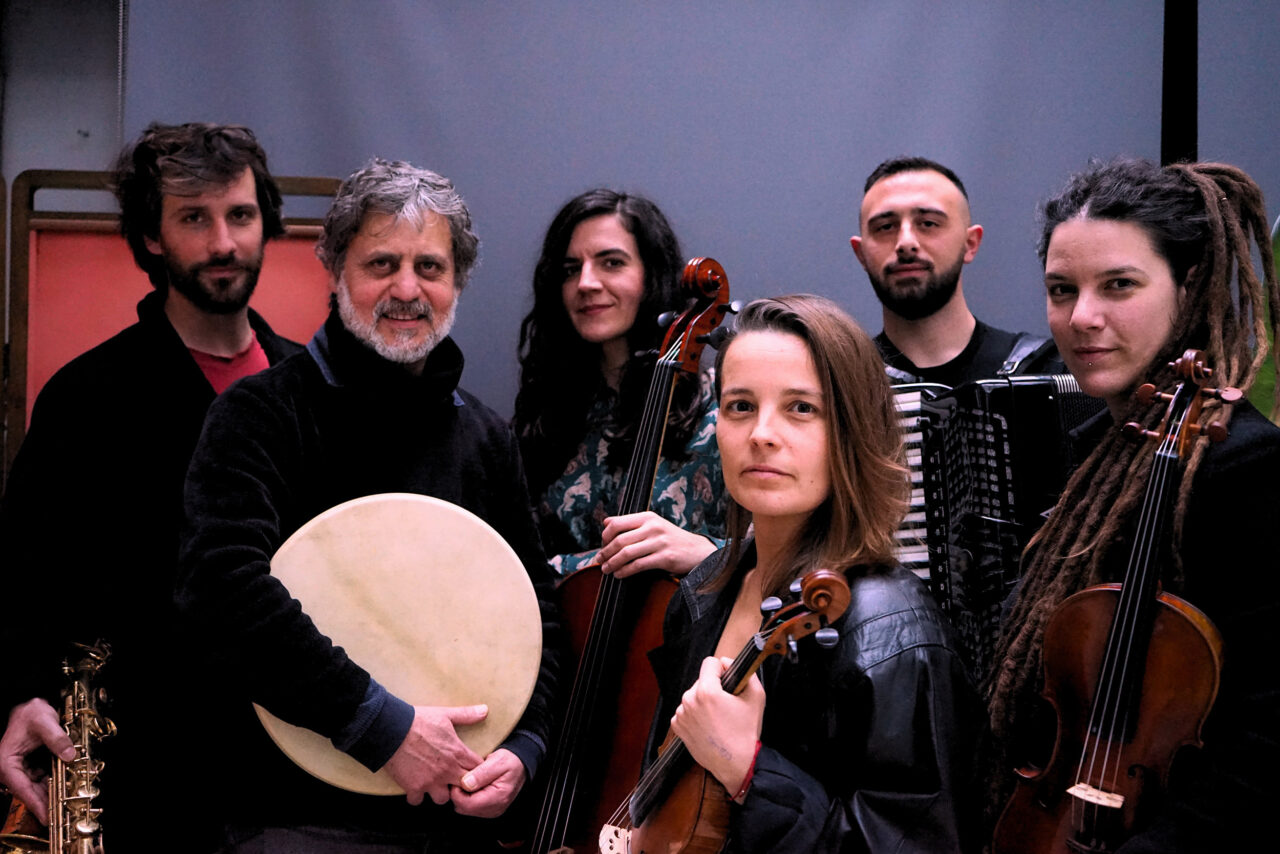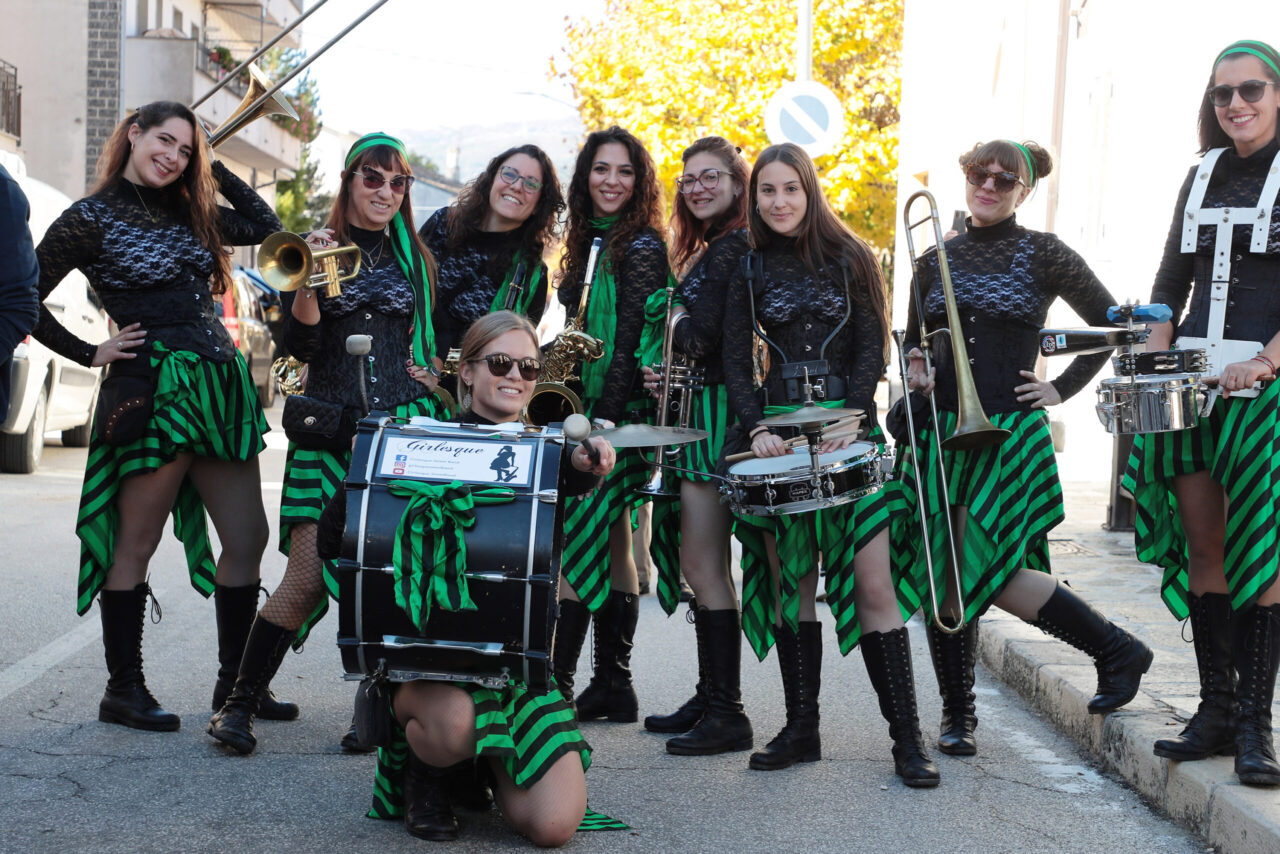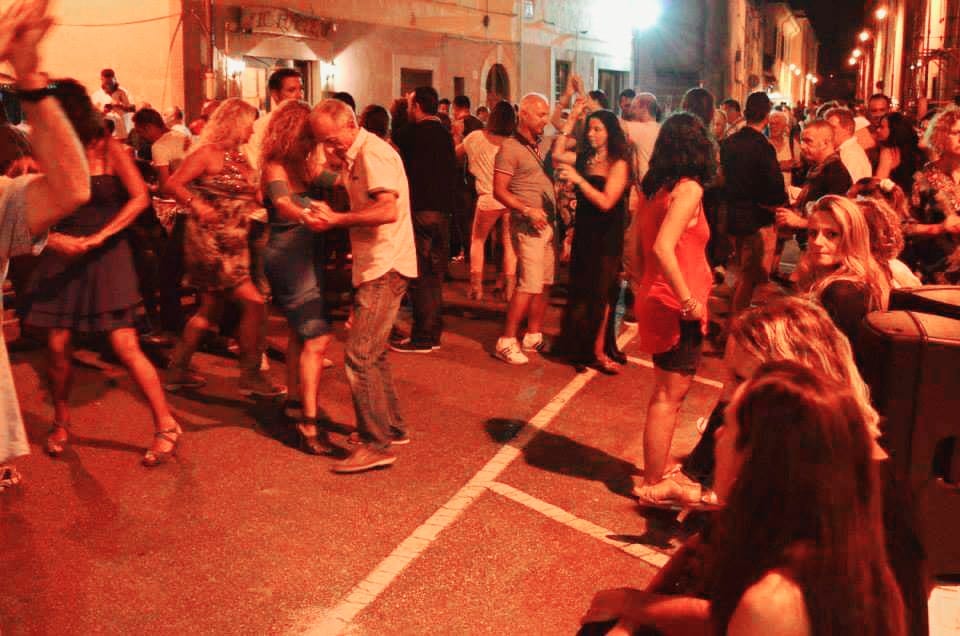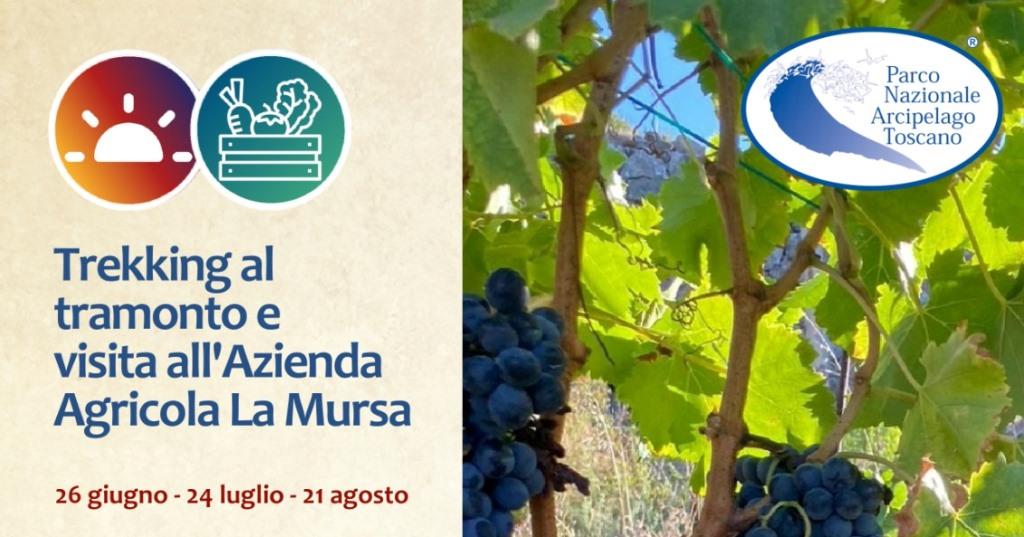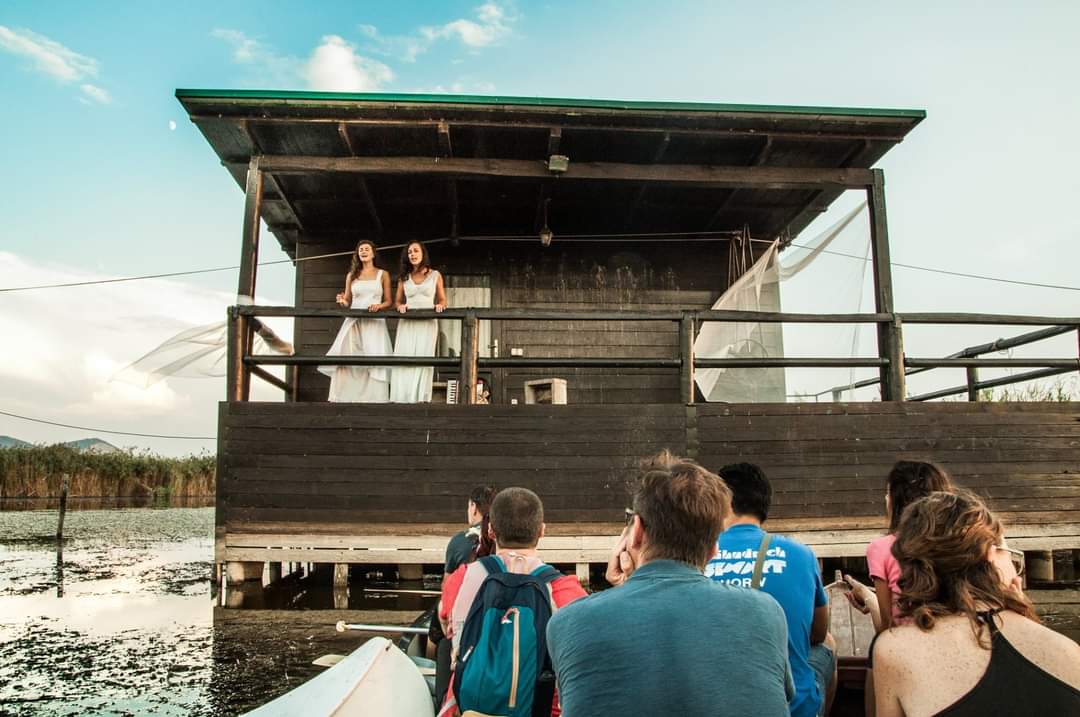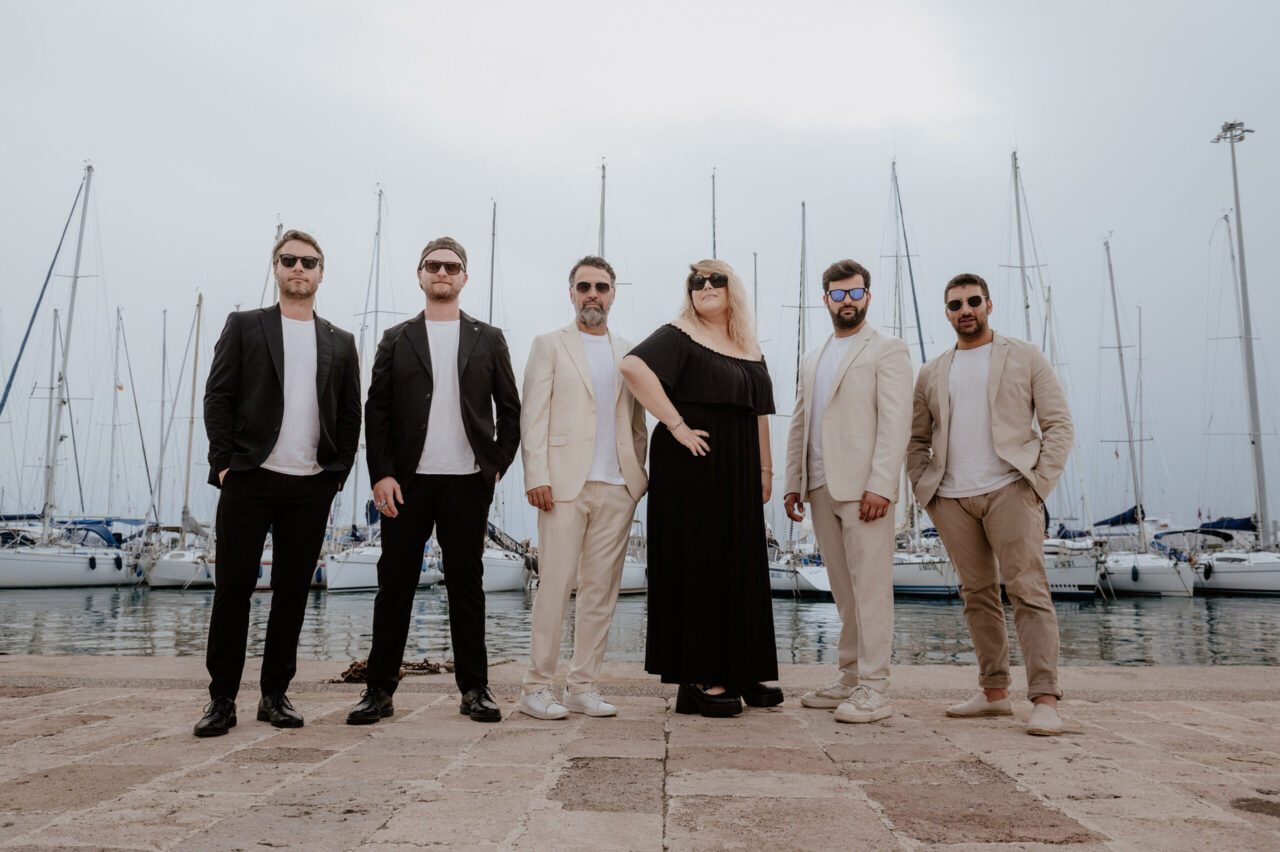Livorno / What to do and see / Meloria Shoals
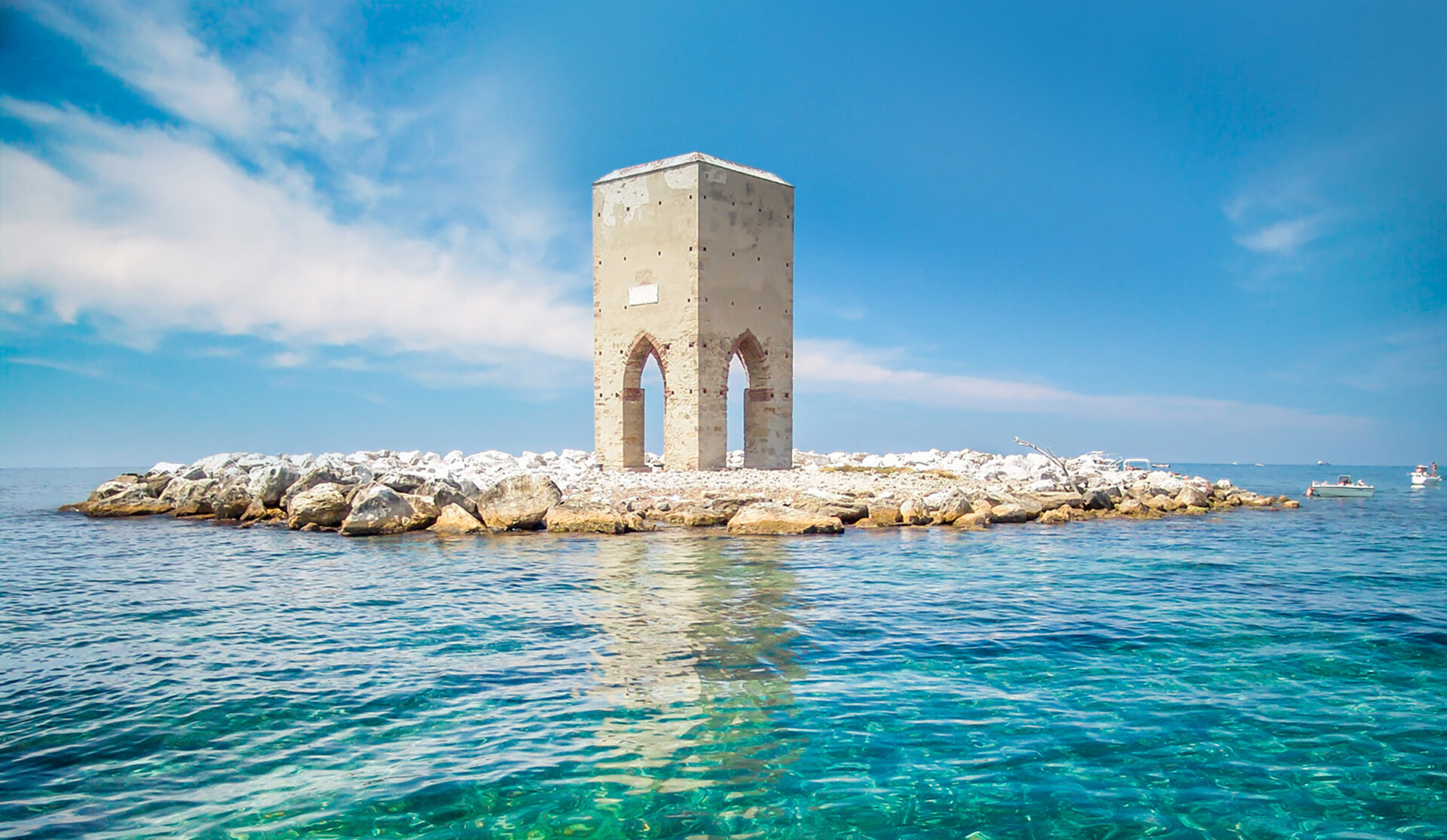
Magic at open sea
The Marine Protected Area of the Secche della Meloria
An extraordinary underwater world
Just over three miles from the port of Livorno, there is a magical place for diving enthusiasts, the Secche della Meloria. Declared a Marine Protected Area since 2010, it is a corner of unspoiled nature and crystal-clear waters. Characterized by shallow rocky bottoms (ranging from 1.5 meters to a maximum of 35), with nooks, cliffs, depressions, extensive prairies of Posidonia seagrass, and large banks of coral dominated by white Gorgonians, the Secche della Meloria host an incredibly impressive variety of species. Sponges, tunicates, jellyfish, anemones, corals, starfish are a corollary to the wide variety of fish, mollusks, and crustaceans that populate its depths: cuttlefish, squid, octopus, shrimp, damselfish, horse mackerel, bream, wrasse, dentex, sea bass, and even larger and more representative species such as moray eels, the rare brown grouper, or lobsters visible in the deeper outer edges.
Enjoying Meloria
Touristic activities within the Meloria Marine Protected Area are allowed but regulated according to 3 different protection zones (A, B, C). Guided boat tours, accompanied scuba diving excursions, and fishing tourism are always available. As for bathing (always allowed except in zone A), scuba diving activities (allowed in zone C and parts of B), and recreational boating, we recommend consulting the specific “General Regulations of the Marine Protected Area” here.
The Meloria Tower
To catch a glimpse of the reefs from land, just look for the two towers that mark them on the horizon: a modern lighthouse called “Ship-Light” and a beautiful Medici tower with a square base of 15 meters, whose eighteenth-century structure, supported by four pillars connected by as many ogival arches, was designed to withstand even the strongest waves. The Meloria Tower, in fact, was built in 1712 by the will of Cosimo III de’ Medici, who wanted to restore a pre-existing tower built in 1598, during the Grand Duchy of Ferdinando I, which in turn had replaced a tower from 1150 that was destroyed during the Battle of Meloria.
The Battle of Meloria
The depths of the shallows hide and engulf the wreckage of numerous ships from various eras, making the site very interesting from a historical and archaeological point of view. In 1722, for example, four late Renaissance bronze heads were discovered, later named the “Bronzes of Meloria,” which are now preserved at the National Archaeological Museum of Florence.
However, the most significant historical event involving the shallows, still considered the greatest naval battle of the Middle Ages, is the Battle of Meloria. On August 6, 1284, the fleet of the Republic of Genoa and that of the Republic of Pisa clashed in a bloody battle that forever changed the fate of the Mediterranean. The overwhelming victory of the Genoese fleet marked the decline of Pisan maritime power. In addition to the five thousand dead and ten thousand prisoners, including the Podestà himself and the famous Rustichello who later aided Marco Polo in writing “The Travels,” Pisa was forced to accept extremely harsh peace conditions from which it would never recover.
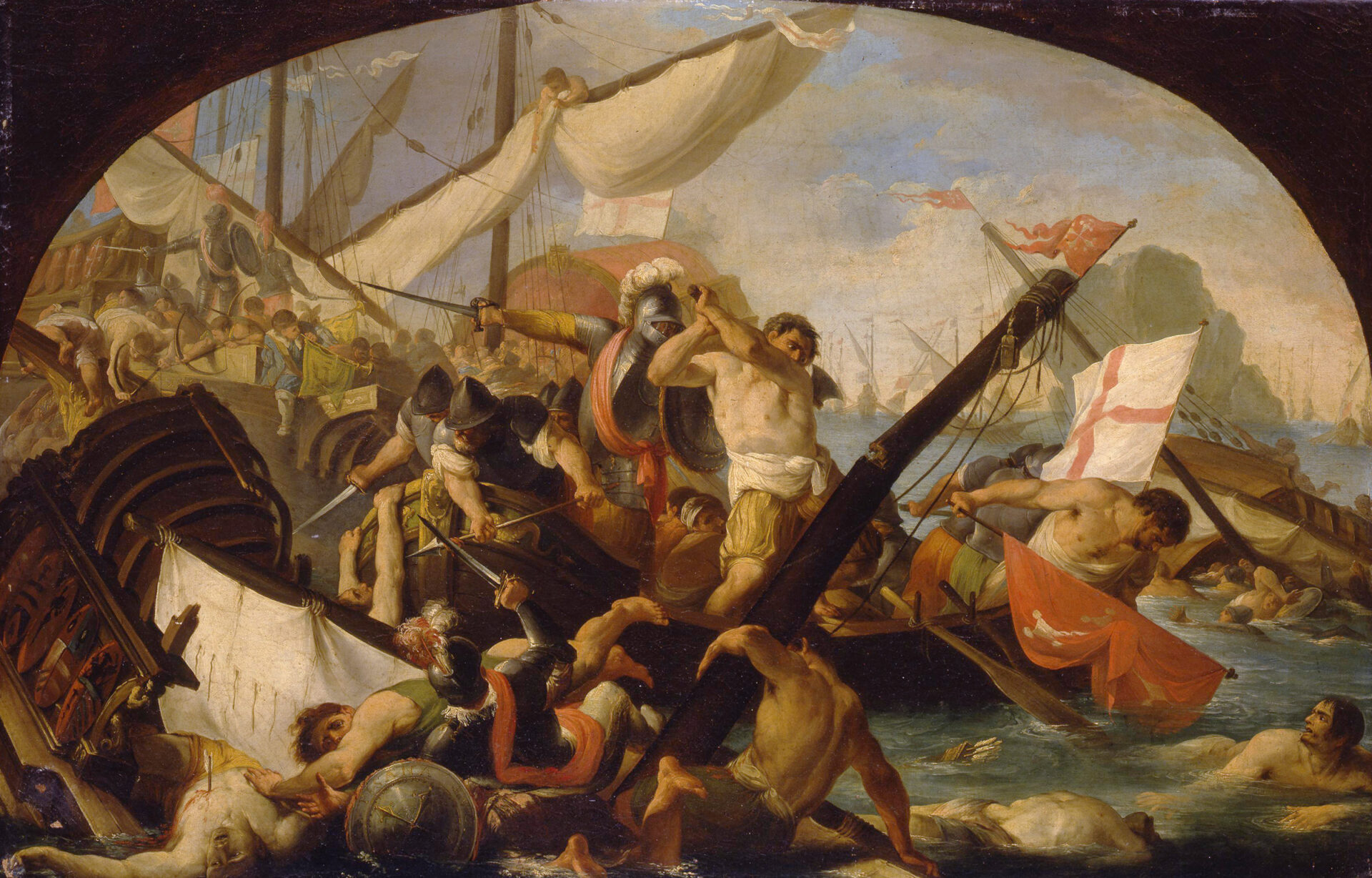
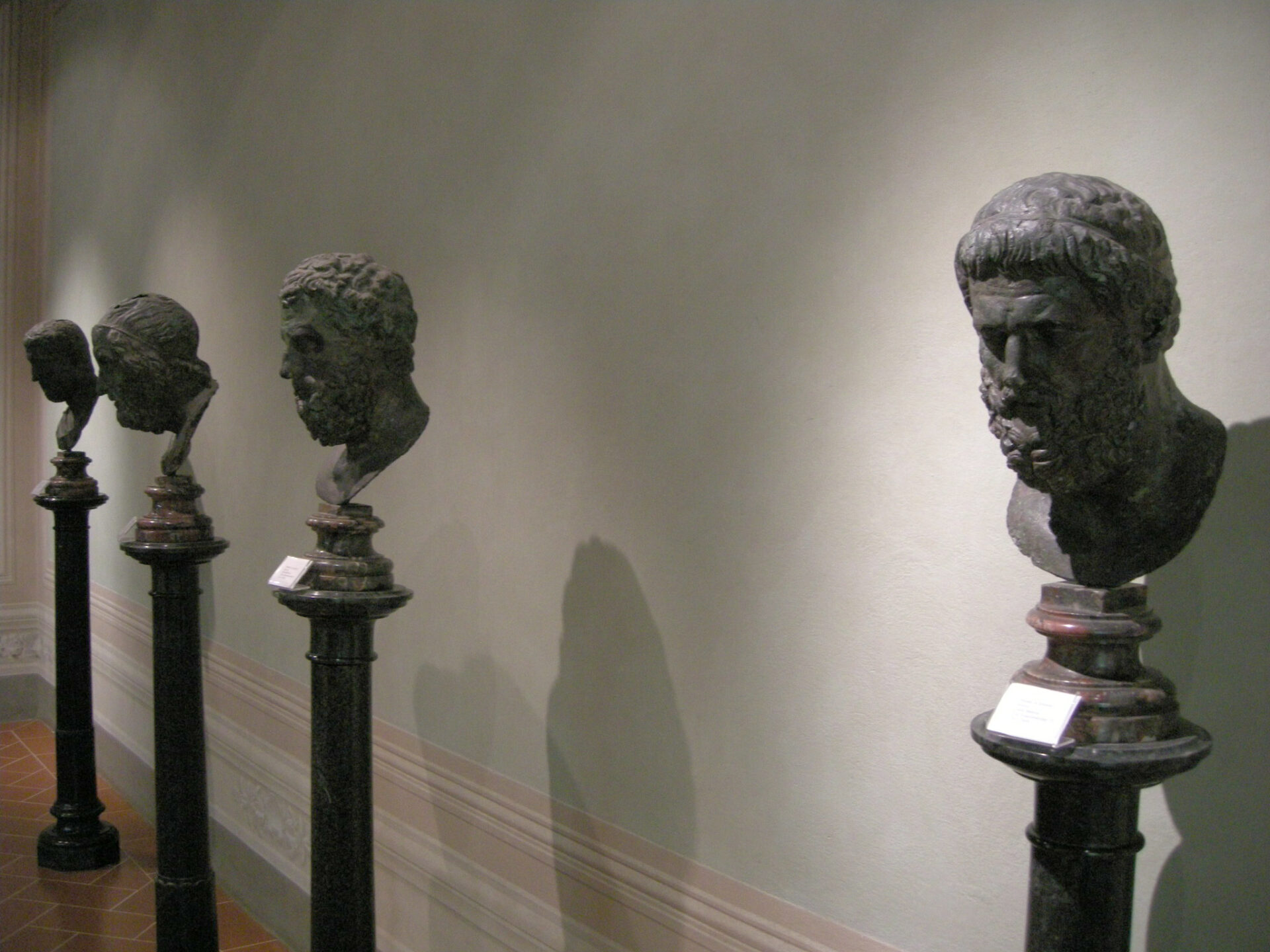
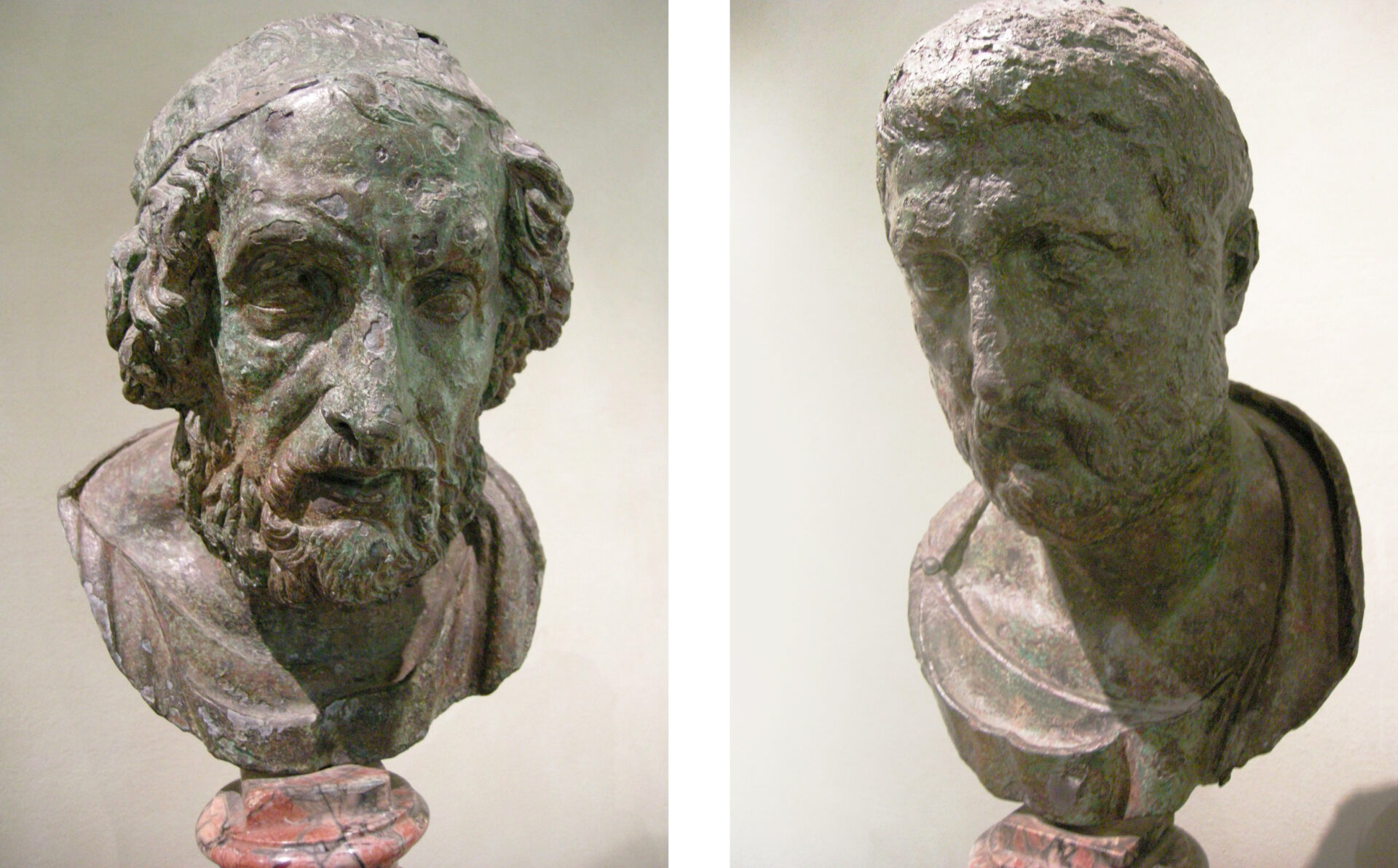
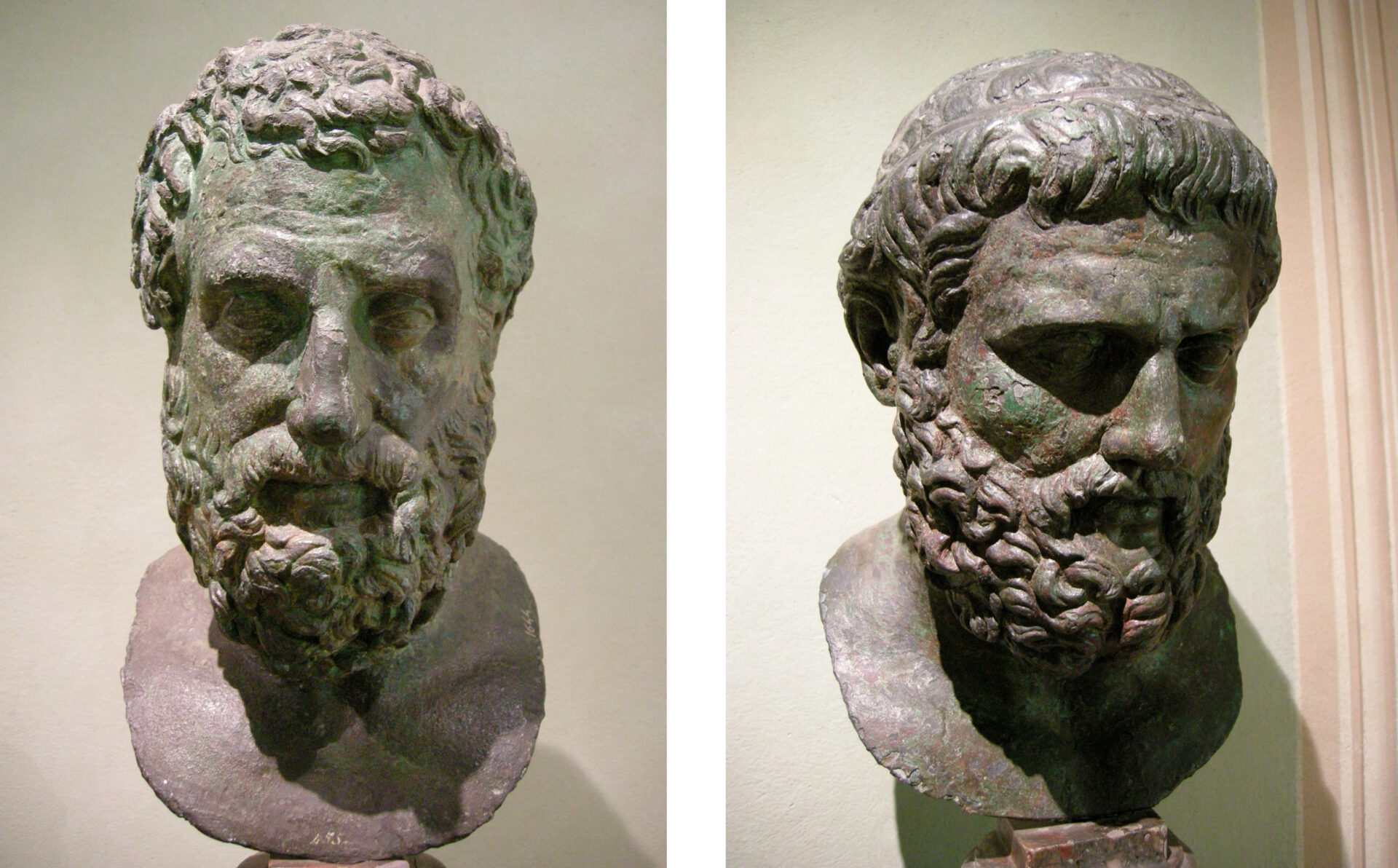
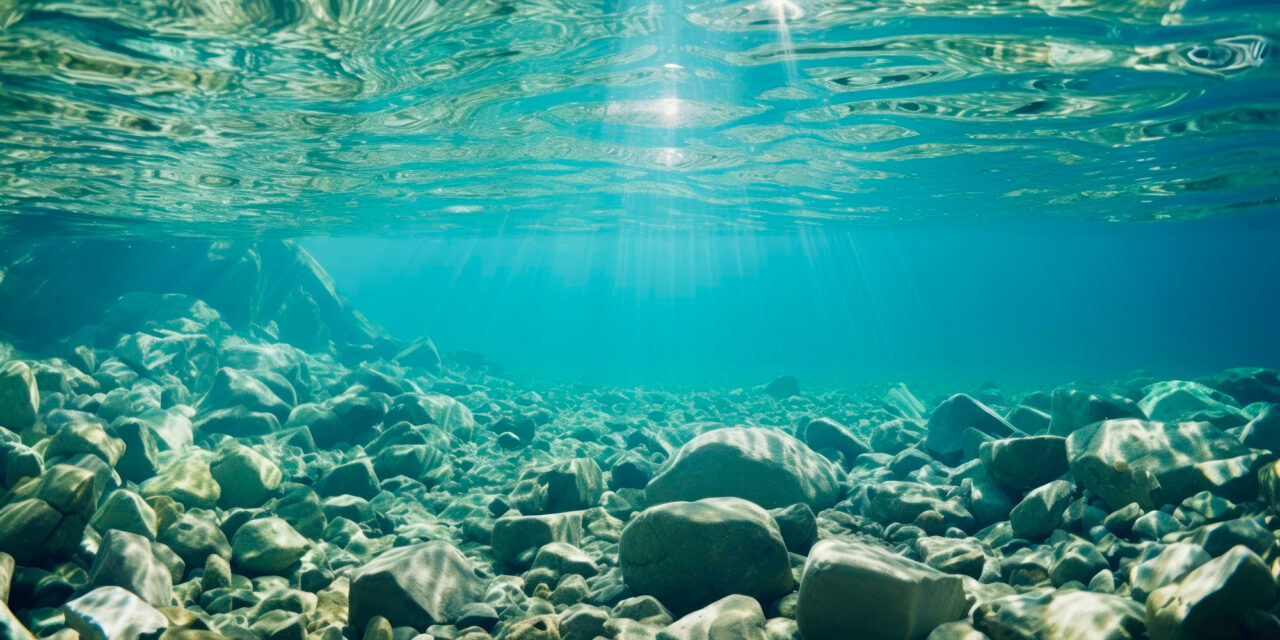
Useful informations
-
Who:
Alone, Children and families, Groups, In pairs, With friends
-
When:
Autumn, Spring, Summer, Winter
-
What:
Do activities, See learn and discover
-
Other characteristics
Outdoors, Without reservation

The unexpected Tuscany
Discover all the peculiarities that make Livorno so unique and surprising.
Discover moreTourist information
Offices, contacts, and tourist information to help you organize your visit.
Find places and stories that fit you

Subscribe to the newsletter
to stay updated
Don't miss any news about events in Livorno and surroundings.

